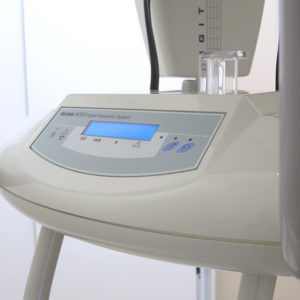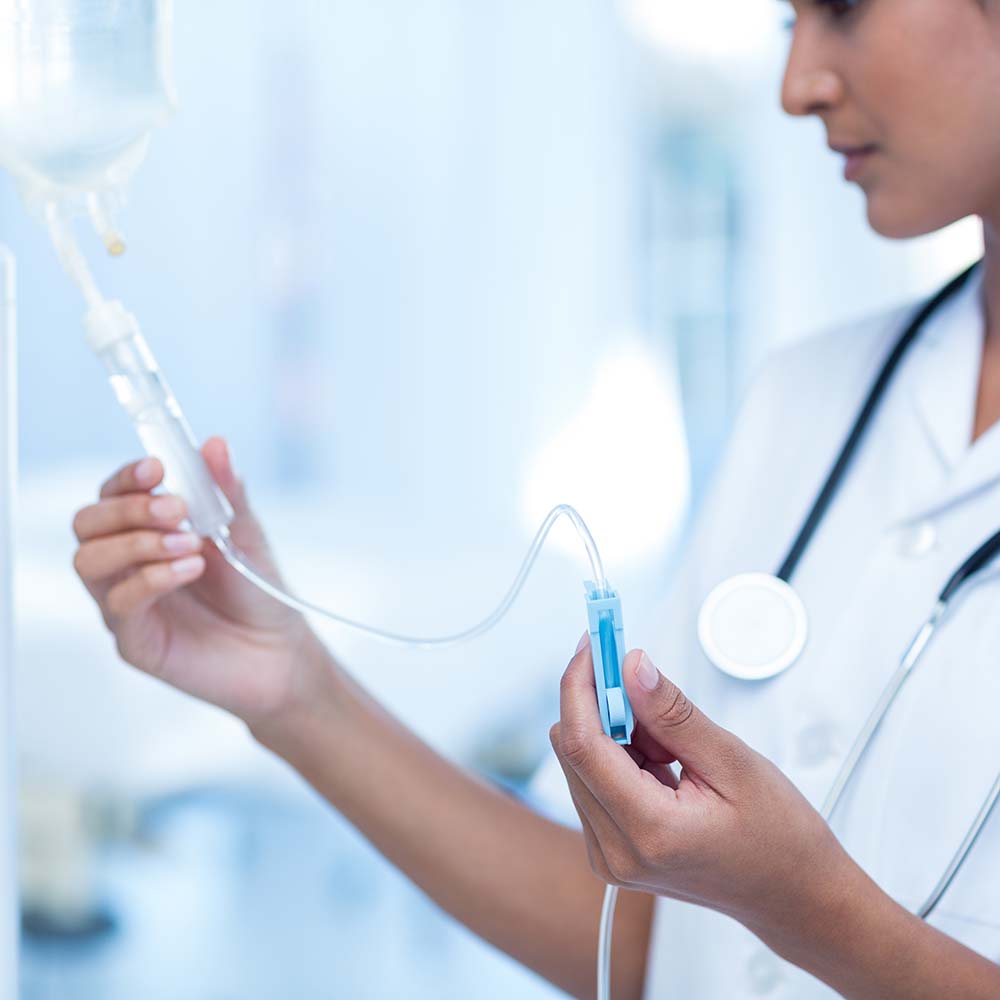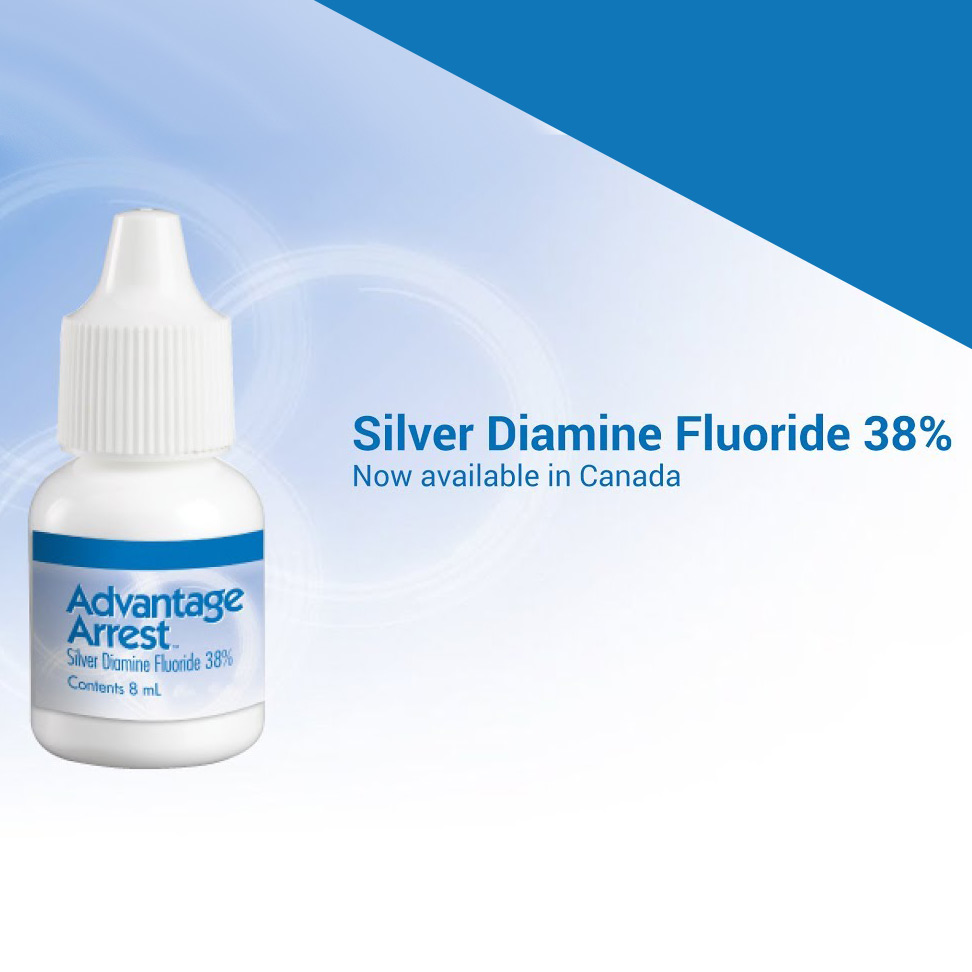
Digtial x-rays have numerous benefits over traditional film x-rays, including:
- Instant display of images on a computer
- Reduced radiation output
- Higher detail in captured images
- Lower environmental impact with the elimination of photo processing chemicals
Dental x-rays result in one of the lowest radiation doses when compared with other types of x-rays. A routine exam which includes 4 exposures is less than one day’s worth of natural background radiation. It is also about the same amount of radiation you would be exposed to during a short airplane flight (~1-2 hrs). Proper shielding is also common, which makes the potential risk even lower.
Coverage will vary from policy to policy, but most plans cover x-rays at regular intervals; usually every 1-2 years. We can confirm your plan coverage when you come in for an appointment or free consultation.





should i be concerned about amiunt of radiation fulls series- sept 2019, aug 2018- 4 bitewings, dec 2016- panoramic, oct 2015- 4 bitewings
Hi Carolle,
According to the American Dental Association website, “radiation exposure associated with dentistry represents a minor contribution to the total exposure from all sources, including natural and man-made. The National Council on Radiation Protection and Measurements (NCRP) has estimated that the mean effective radiation dose from all sources in the U.S. is 6.2 millisieverts (mSv) per year, with about half of this dose (i.e., 3.1 mSv) from natural sources (e.g., soil, radon) and about 3.1 mSv from man-made sources.” For intraoral X-rays such as bitewings, the amount of radiation is 0.005 mSv. For a panoramic X-ray, the dose is 0.01 mSv. Please visit this link for more details: https://www.ada.org/en/member-center/oral-health-topics/x-rays